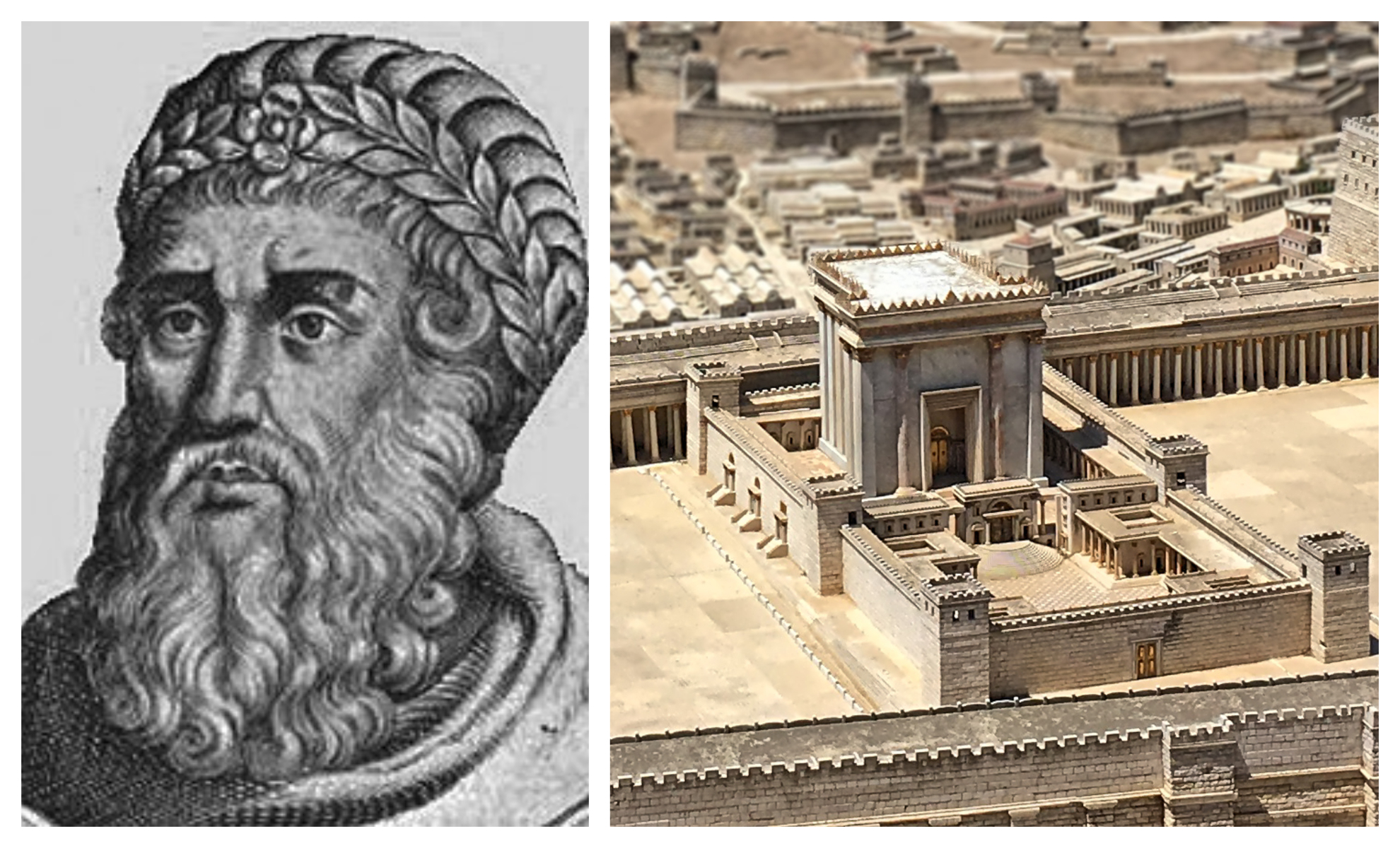preahvihearhotel.com – King Herod, also known as Herod the Great, was a Roman-appointed king of Judea who reigned from 37 BCE to 4 BCE. He is renowned not only for his political acumen but also for his significant contributions to architecture and urban development, earning him the title “The Great Builder”.
Early Life and Rise to Power
Herod was born in 73 BCE in southern Palestine to Antipater, an Edomite of great influence and wealth. His early life was marked by political intrigue and alliances, particularly with the Roman Empire. Herod’s father, Antipater, supported the Roman general Pompey during his invasion of Palestine in 63 BCE, which led to Herod’s eventual appointment as governor of Galilee by Mark Antony in 47 BCE.
Reign and Building Projects
Herod’s reign was marked by extensive building projects that not only transformed the landscape of Judea but also significantly influenced the region’s prosperity. He initiated the construction of fortresses, aqueducts, theaters, and other public buildings, which were not only functional but also served as symbols of his power and ambition.
Notable Buildings
- Temples: Herod’s most famous project was the expansion and renovation of the Second Temple in Jerusalem, which was considered one of the most magnificent buildings of its time.
- Amphitheaters and Hippodromes: These were built to entertain the populace and were architectural marvels of their era.
- Aqueducts: Designed to provide clean water to cities, these structures were crucial for public health and sanitation.
- Palatial Residences: Herod built luxurious palaces, including one in Jericho, which was noted for its opulence and grandeur.
Legacy
Herod’s building projects were not only functional but also served to consolidate his power and influence. They were a testament to his vision and his ability to leverage Roman patronage to achieve his goals. His architectural legacy is still evident today, with many of his structures influencing modern architecture and urban planning in the region.
Conclusion
King Herod’s reign was marked by significant political and architectural achievements. His building projects not only transformed the landscape of Judea but also left a lasting legacy that continues to influence the region. Herod’s ability to combine political acumen with architectural vision made him a pivotal figure in the history of the ancient world.
